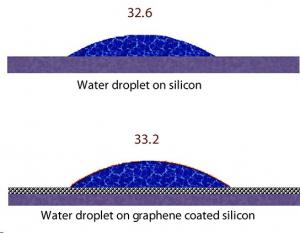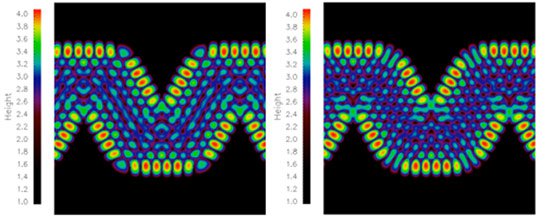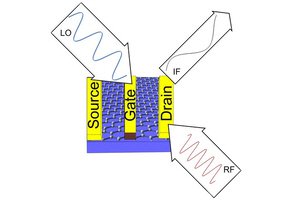Graphene membranes seals everything but water, can be used to distill alcohol
A team of researchers led by Professor Sir Andre Geim demonstrated a graphene-Oxide based membrane that is impermeable to all gases and liquids (i.e. it's vacuum-tight) - but water can evaporate though it as if there's no membrane at all.
The researchers explain: "Graphene oxide sheets arrange in such a way that between them there is room for exactly one layer of water molecules. They arrange themselves in one molecule thick sheets of ice which slide along the graphene surface with practically no friction. If another atom or molecule tries the same trick, it finds that graphene capillaries either shrink in low humidity or get clogged with water molecules."



